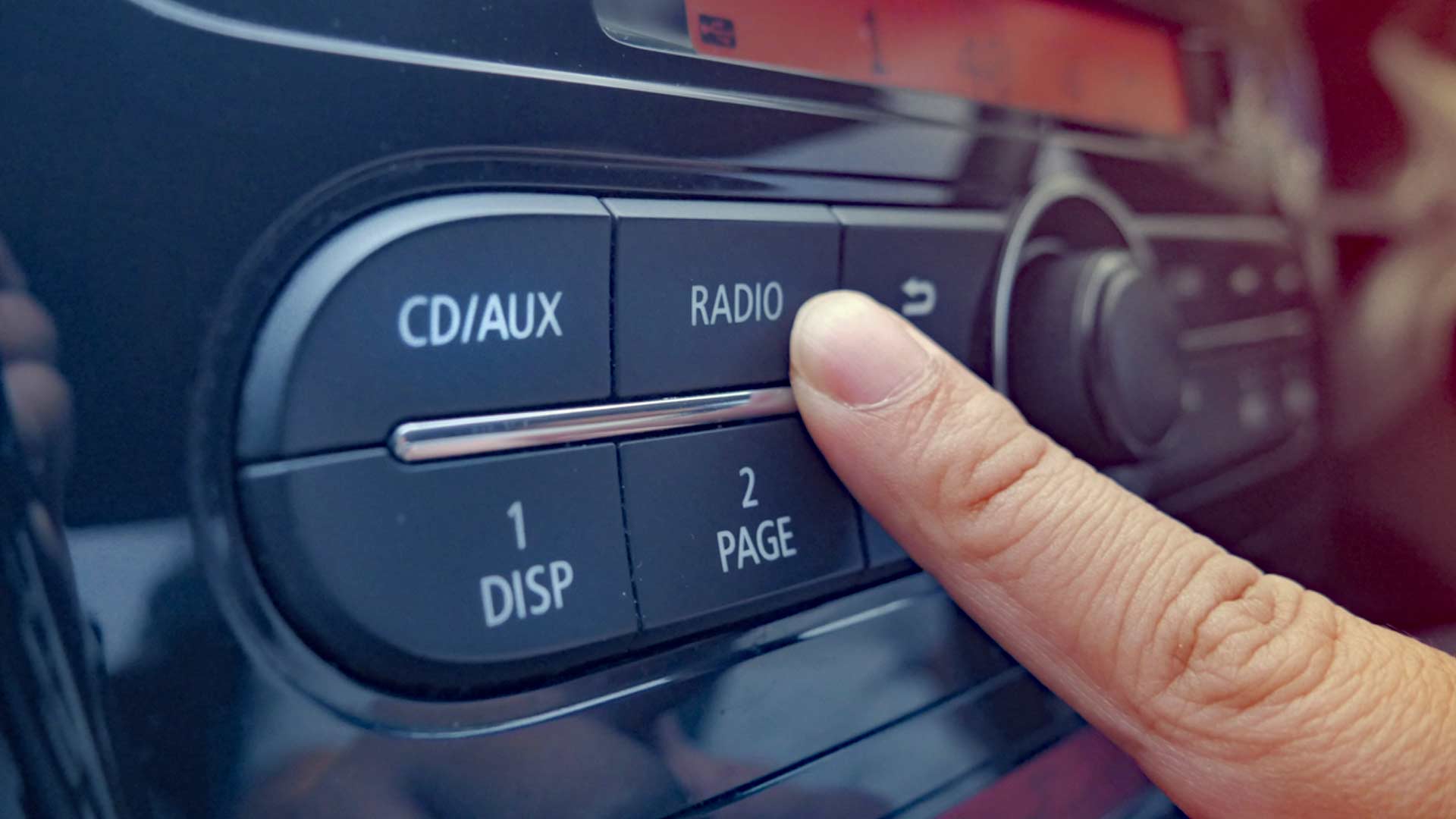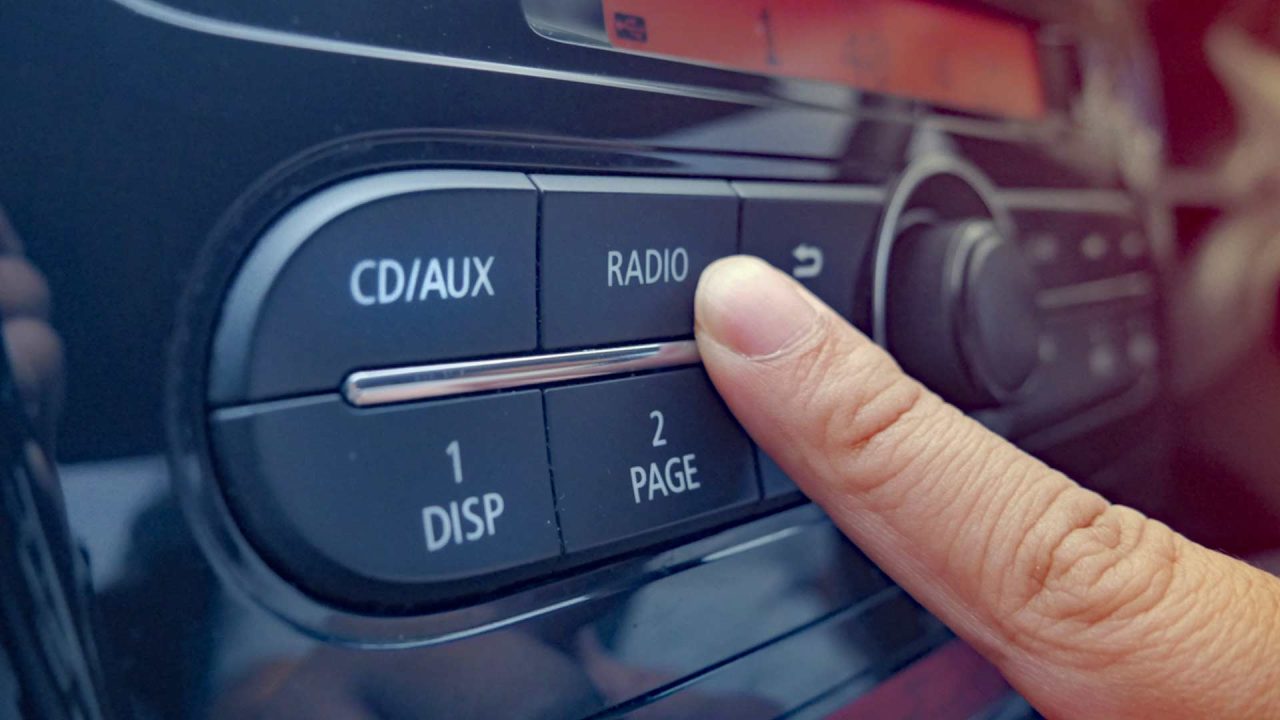
Alaska Attorney General Treg Taylor signed onto a joint 15-state letter urging auto manufacturers to preserve vital AM radio stations in newly developed vehicles.
“Alaska ranks 7th in the nation for AM radio reach,” Taylor said. “In some communities AM radio is the only radio station available. We’ve got to impress upon trade groups and electric vehicle carmakers how important AM is and why keeping it in vehicles is critical.”
Each month, roughly 50 million Americans tune into AM radio. The platform is also a vital means by which alternative viewpoints are disseminated across the nation. Seven major auto companies, however, have removed AM radio from their electric vehicles — BMW, Mazda, Polestar, Rivian, Tesla, Volkswagen and Volvo.
Auto manufacturers claim the electromagnetic noise from their electric disrupts radio signals, causing an annoying buzzing sound, and yet, the initial Teslas had well-functioning AM radio.
In a recent letter to two automobile trade groups, Electric Drive Transportation Association and the Zero Emission Transportation Association, the state attorneys general highlight that the decision to “eliminate AM radios is even more problematic in light of the Biden Administration’s goal of ‘having 50 percent of all new vehicle sales be electric by 2030.’”
Other states signing onto the AGs’ letter include Arkansas, Florida, Idaho, Indiana, Iowa, Kentucky, Louisiana, Mississippi, Montana, Ohio, South Carolina, South Dakota, Utah, Virginia and West Virginia.
“While we oppose the Biden Administration’s efforts, they underscore that removing AM radios from electric cars threatens the entire AM radio industry,” the attorneys general warned. “Without access to their main consumers – automobile owners – AM stations, and the lifesaving signals they provide, might cease to exist.”
Alaska’s Emergency Alert System (EAS) is a partnership between the state and the Alaska Broadcasters Association to distribute emergency messages statewide, such as tsunami warnings, weather warnings and Amber Alerts. In many areas of the state, with limited communications capabilities, AM radio is the only means of receiving an EAS message.
“Removing free, over the air AM radio would clearly hinder the business operations of Alaska AM stations and more importantly, critically injure broadcasters’ ability to reach Alaska citizens in times of emergency,” she said. “When the internet and power are out, radio – and particularly AM radio – is a lifeline to us all.”
Hiebert noted that Alaska’s farmers and ranchers are extremely reliant on AM radio for weather, market reports and more.
“Urban residents across the state rely on AM radio for news, weather, sports and more,” she added. “AM radio also plays a vital role in connecting Alaska Native communities with stations that serve, in some cases, in-language programming.”
According to Hiebert, the following organizations use AM radio as a source to relay information in Alaska:
— Admiralty Island National Monument, U.S. Department of Agriculture Forest Service – (fixed Infor Station)
— AK Aerospace Corporation Aurora Launch Services, Kodiak Island – 1610AM (fixed RadioSAFE System)
— Denali National Park, National Park Service – 1610AM (fixed Info Station)
— Kenai Fjords National Monument, National Park Service – 1610AM (fixed Info Station)
— Mendenhall Glacier/Admiralty Island National Monument, National Park Service – 1610AM (fixed Infor Station)
— University of Alaska, Anchorage – 1610AM (fixed Info Station)
In addition to vital emergency information, AM radio is also one of the primary means by which Americans access talk radio, which provides alternatives to mainstream media.
U.S. Sen. Ed Markey (MA) has introduced a bill – the AM Radio for Every Vehicle Act of 2023 – which would require car manufactures to provide customers access AM radio in their vehicles. The bill has 19 cosponsors, but they do not include Alaska Senators Dan Sullivan or Lisa Murkowski.
Just four days after the bill was introduced, Ford Motor Company changed course and announced that it would include AM radio in their model year 2024 vehicles.
TAKING ACTION
— Click here to contact Sen. Lisa Murkowski.
— Click here to contact Sen. Dan Sullivan.








11 Comments
Between grooming children and am radio the Dunleavy administration chooses am radio! I’m sure their decision was made so they can continue to hear their echo chamber system Demboski and pacarro blah blah blah
AM radio broadcasts conservative talk shows, why else would the perverted left want it gone
That’s why I’m a bit surprised that Ed Markey would introduce a bill requiring AM radio receivers. Makes me wonder what else is in it.
I agree… If Ed Markey is involved, I ask questions.
AM (Amplitude Modulated) radio signals can bounce off of the upper atmosphere, and the Earth’s surface, and can travel around the Earth’s curvatures. That gives them a larger surface coverage.. FM signals can not do that… They are line of sight signals.. Big difference, if you want better signal coverage.. That’s why HAM Radio is valuable.. It generates AM radio signals.
The propogation behavior you describe is actually due to the frequencies used rather than the type of modulation. AM is always used at lower frequencies due to its more efficient use of the far more limited bandwidth available at those frequencies but an FM signal would behave the same way, and AM signals at higher frequencies are line-of-sight just like FM radio.
I understand that, but AM is a wider signal, bouncing off of the ionosphere, and the Earth’s surface If you look at the signal patterns on a scope, the AM signal has a globular pattern, thus the bounce capabilities… That isn’t simply line of sight.. FM signals do not bounce, and that was my actual main point.. The real issue here, is emergency broadcasts in wide areas of Alaska, that are compromised by curvatures.. FM signals require relay towers to make that span, and may be interrupted in a real emergency. I am actually quite familiar with those signals.. I may not express myself in ways understandable on a keyboard to many, but I built HAM, and CB amplifiers for several years, plus made my own antennas, with ground webs at the base of the towers…; But, AM isn’t simply a line of sight broadcast.. There are distinct pattern differences.
I will edit, or add.. Yes, the higher frequency in an AM signal is a more compressed the pulse., but they will continue to travel at the speed of light. It is a form of electromagnetic radiation.. It energizes the ground that you stand on .. but that isn’t the argument here. Power can be increased in a emergency, without changing the frequency, and broadcast pattern. (Globular AM).
AM radio: Welcome to 1970.
AM radio may be the most important emergency broadcast resource, especially for rural Alaskans. It isn’t just about Talk Radio programs.
So, while we focused on this, AK DOT is asking for public comment on Carbon Reduction Strategies. Dept of Transportation wanting input on how we can reduce our carbon output? Worried yet? 15 minute cities come to mind anyone?
https://akdotpf.commentinput.com/?id=E3rPpx2MTQ